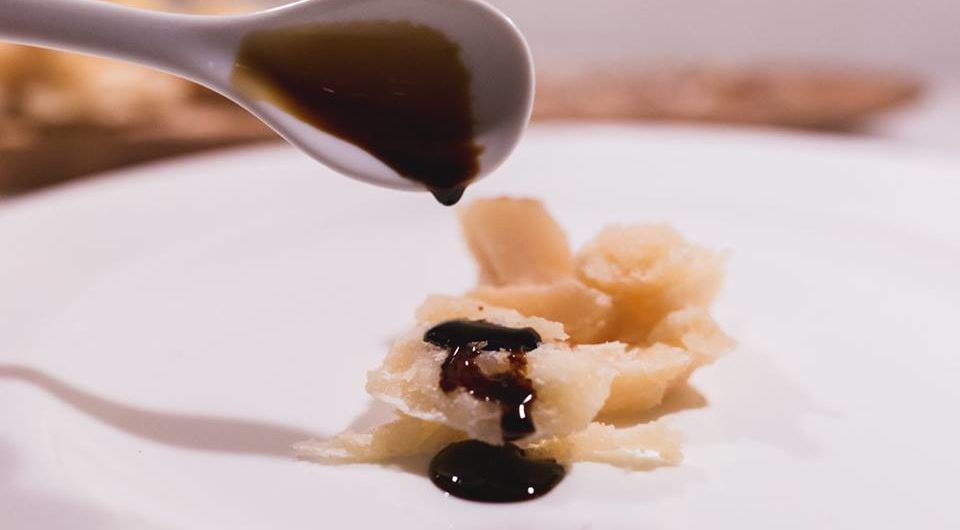Emilia Romagna’s culinary traditions are beloved at tables all around the world, especially Balsamic vinegar of Modena, whose rich, unique flavor conquers both refined and the more simple of palates.
Aceto Balsamico di Modena is an IGP (Protected Geographical Indication) product, exclusive and distinctive of the territories of today’s Provinces of Modena and Reggio Emilia, that correspond, more or less, to the ancient Duchy of Este.
Known throughout the world for its taste and quality, this condiment is by now an ambassador of sorts of Made in Italy and of the Italian tradition of eating well.
History
The origins of balasmic vi negar date back to ancient Roman times, and in Modena several types of it have always existed, although all, of course, are obtained with grape must. They are successively enriched with various flavors depending on recipe, preparation and aging methods.
The term “balsamico” or balsamic, rather, was first used in 1747, as a descriptor of the stocks held in the wine cellars of Modena’s Ducal Palace; most likely, the name resulted from the product’s therapeutic use. The vinegar was described as having a refreshing, balsamic or softening effect.
Ingredients
“L’Aceto Balsamico di Modena” is an organic product obtained from the must of grapes, and only grapes that grow in Lambruschi, Sangiovese, Trebbiani, Albana, Ancellotta, Fortana, and Montuni vineyards. Wine vinegar is added to the grape must, as well as, in some recipes, caramel (not more than 2%).
Once mixed, the ingredients are left in wooden containers for at least 60 days. Aged Balsamic Vinegar of Modena, rather, is left in the containers for three years or more.
Recipes
Balsamic vinegar is customarily served as aperitivo on slivers of Parmigiano Reggiano, or as a condiment on meat, on aged cheeses, vegetables au gratin, capaccio, salads and risotto.
It can also be used to cook, as long as it is added at the very end, so as not to lose its flavor.
More refined palates use it on strawberries and gelato.


